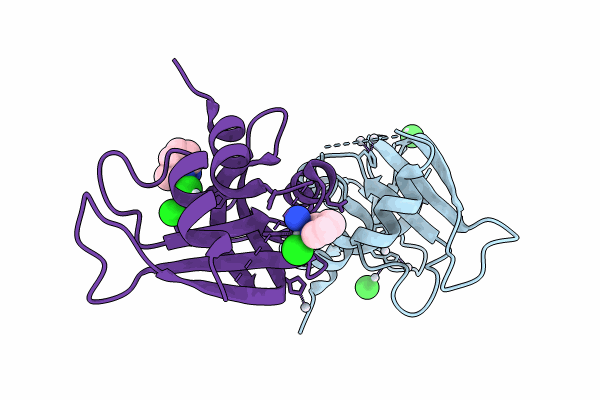
Deposition Date
2024-03-14
Release Date
2024-05-22
Last Version Date
2024-11-20
Entry Detail
PDB ID:
9EO8
Keywords:
Title:
X-ray structure of the adduct formed upon reaction of picoplatin with bovine pancreatic ribonuclease (structure D)
Biological Source:
Source Organism:
Gallus gallus (Taxon ID: 9031)
Method Details:
Experimental Method:
Resolution:
1.76 Å
R-Value Free:
0.23
R-Value Work:
0.19
Space Group:
C 1 2 1


